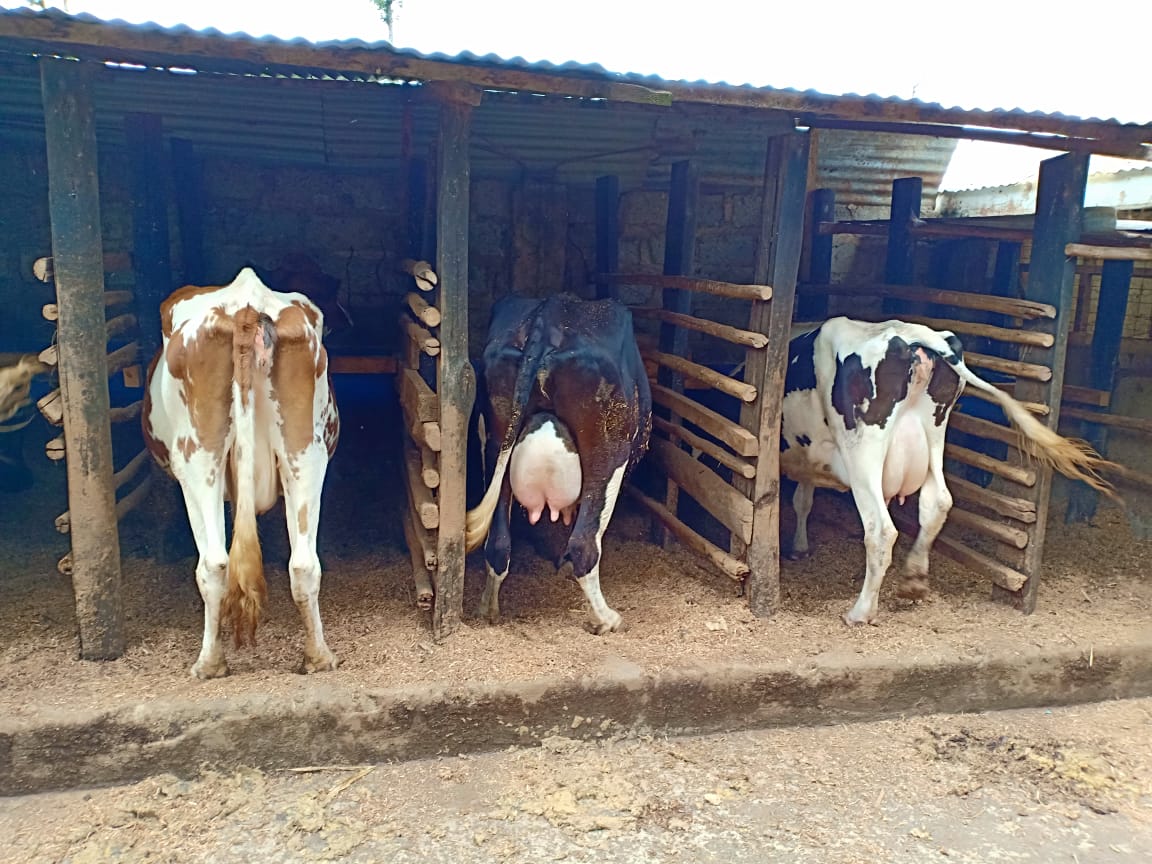
Farmers are selling milk to hawkers to make more profits: Photo courtesy.
It is a sigh of relief to one Kericho County dairy farmer, Robert Langat who feared that his way of making a living by selling the produce directly to consumers was doomed after Kenya Dairy Board (KDB) late last week proposed ramifications for farmers trading in raw milk directly to consumers.
However, the KDB 2019 regulations have been suspended to allow for consultations and wider public participation after uproars from the public sector with fears that the new rules were out to stifle the dairy sector.
Lagat is among other many smallholder dairy farmers in the country who has been selling one litre of milk to the informal buyers at Sh70 after processors last month cut the price of raw milk by Sh3 a litre as the market responds to a steep rise in production but retail prices remain unchanged.
“Most processors are currently buying raw milk for between Sh23 and Sh27 per litre, down from Sh35 two months ago something that most farmers from this region have protested,” said Lagat.
RELATED ARTICLE: Bungoma County to build a Sh140m milk processing plant to improve area dairy farming
The countrywide drought has caused a sharp milk deficit, necessitating the price increase. According to Langat, the farmer’s cost of production increased too, but the companies never raised the payment.
Milk in major towns like Nairobi is costing about Sh95 per litres if one buys from automated teller machines.
RELATED ARTICLE: Molasses milk booster feed offers dairy farmers cheap alternative
Lagat sells through hawkers, who are in the rural area and are offering more than Sh60 for every litre of milk for sale in Nairobi and other towns. This is almost double what the dairy companies are offering farmers.
“I stopped buying dairy meal. It was too expensive for me. Hay, which cost about Sh170, has risen to over Sh400. How do I recover my money if I continue selling to the dairy companies?” he posed.
RELATED ARTICLE: Former milk hawker finds his cash cow in dairy farming
Although the rains are falling and pastures are regenerating, the farmer said, once the cost of production comes down, and the milk is in plenty, he will go back to the dairy companies. He says farmers have turned to this informal market to reap from the high demand.
Langat sells 26 litres on average per day from his three hybrid cows.
The yield has dropped by half since the drought struck the country from late last year.
















Comments powered by CComment